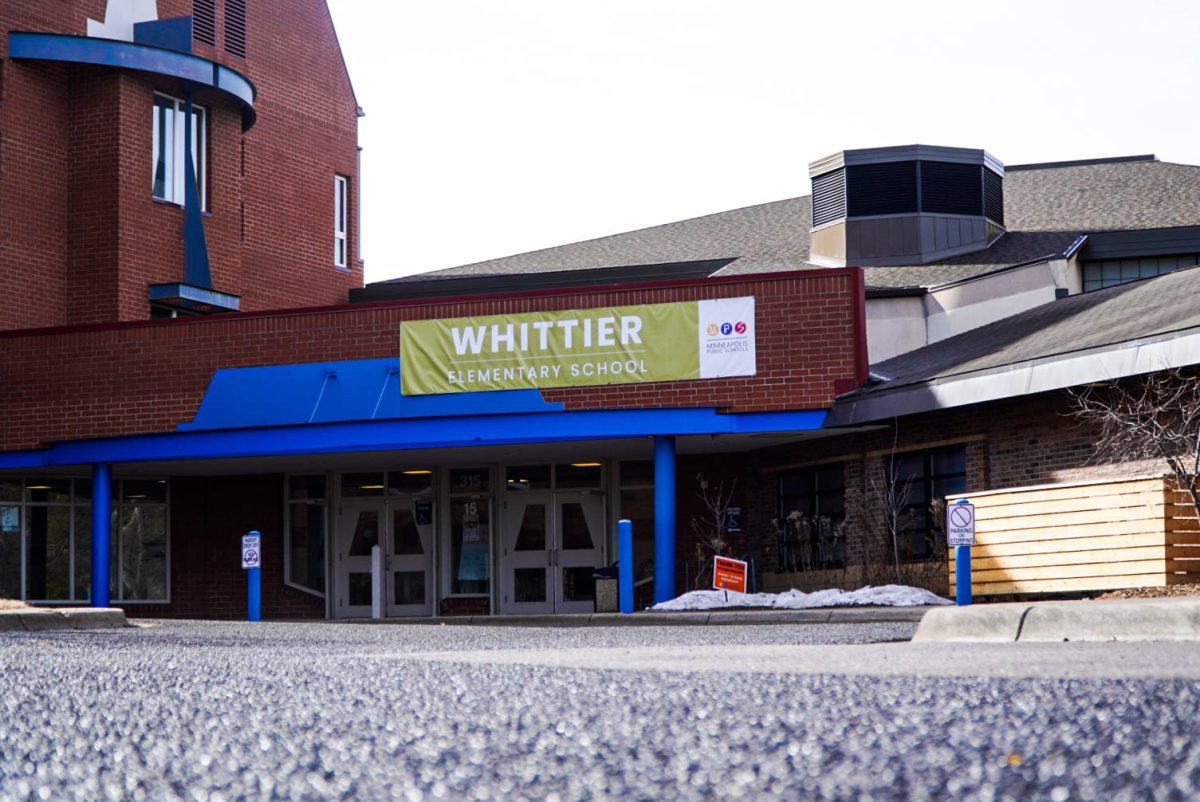In a year featuring protests of conservative speakers on campus, survey data shows the campus climate has become increasingly difficult for conservative students to navigate.
The most recent data from Student Experience in the Research Universities survey showed conservative students’ agreement with the statement, “Students of my political beliefs are respected on this campus” has declined in recent years. The SERU survey is currently open for this year.
The nation-wide survey has been administered at the University since 2010, and the data is used as a check-in on how the University is doing – normally through comparisons to other schools, identifying academic or campus climate problems and shifting campus services to better serve students.
“[It] helps us understand where students might be getting underserved, or where we could be doing a little better,” said Krista Soria, a University research analyst who works with the data. She added that the SERU survey is seen as the signature data for identifying if the University is welcoming for all students.
SERU’s question shifted slightly from 2012 to 2017, from ‘students are respected here regardless of their political beliefs,’ to ‘students of my political beliefs are respected on this campus.’
The total number of students who strongly agreed, agreed and somewhat agreed shifted over the past five years.
In 2012, around 76 percent of ‘conservative students’ agreed with the statement, and 36 percent of conservative students agreed with the statement in 2017. Agreement with the statement for ‘very conservative students’ decreased from around 66 percent in 2012 to 28 percent in 2017.
For ‘liberal students’ in 2012, 89 percent agreed with the statement and 85 percent of ‘very liberal’ students agreed. In 2017, those numbers for ‘liberal students’ increased to 95 percent and 92 percent for ‘very liberal students.’
Will Dammann, a University alumni who graduated last year and former student director of government affairs for the Minnesota Student Association, said the results “absolutely” reflect his experience on campus as a conservative student, and also illustrate why conservative students are reluctant to share their viewpoints.
“You quickly learn … how to talk in the right way around people,” Dammann said. This included mentioning Donald Trump, he said, which would provoke many students who were “disturbed” by the thought of him.
“It was like anything that anyone on the right would say was just not OK,” he said.
Protests of recent events, like Ben Shapiro’s speech on campus in February, illustrated the problem of some in the campus community not accepting “dissenting voices” on campus, Dammann said.
Top officials at the University have supported free speech on campus.
“We must dedicate ourselves to promoting free speech while still fostering a campus climate that supports equality, diversity and inclusion. That, of course, includes a diversity of thought and the ability to learn how to disagree with each other,” University President Eric Kaler said last month in his State of the University speech.
During his time in student government, Dammann said he was often the only one offering conservative viewpoints.
“For an environment that’s supposed to be so inclusive and so welcoming to all people — it was very striking that there was not a ton of intellectual diversity involved in student government,” he said. “It was always about picking battles there.”
This trend is not confined to the University of Minnesota, Soria said. The year 2016 was a “really challenging” time for campus climate on large research campuses. Around 90 percent of students on SERU-participating campuses, regardless of political affiliation, agreed with the political-respect statement in 2012, which fell to 79 percent in 2017.
“The campus climate for lots of groups has also dropped, and there are a lot more students who are saying that they’re not feeling as welcomed based on their social identity,” Soria said. “I feel like there’s a lot about society right now that’s really making a lot of these folks … feel like they don’t belong.”
Correction: A previous version of this article misquoted Krista Soria. She said, “[It] helps us understand where students might be getting underserved.”











